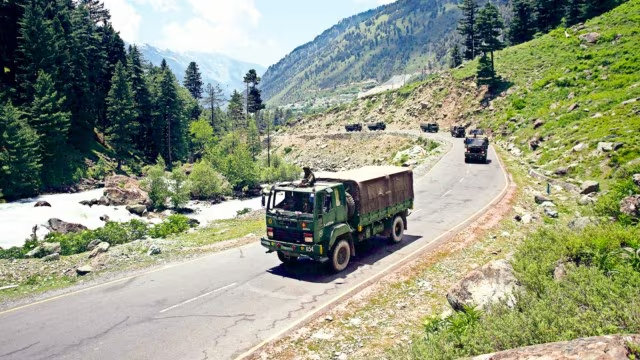Concerning the Global Wetland Outlook for 2025
It provides the latest worldwide assessment of the status, trends, worth, and policy responses related to wetlands.

Created by: The Scientific and Technical Review Panel (STRP) of the Wetlands Convention.
Eleven major wetland categories are assessed, which include: Seagrass, Kelp Forests, Coral Reefs, Estuarine Waters, Salt Marshes, Mangroves, Tidal Flats, Lakes, Rivers and Streams, Inland Marshes and Swamps, along with Peatlands (Mires).
Key Discoveries
Wetland loss persists: From 1970, approximately 411 million hectares of wetlands have been eradicated globally, indicating a 22% reduction in worldwide coverage.
The typical annual rate of wetland loss was -0.52% (with a range between -1.80% and -0.01%, based on wetland type).
Wetland degradation is prevalent: Recently, declines in wetlands are significant in Latin America, the Caribbean, and Africa; nonetheless, the level of degradation has also risen in Europe, North America, and Oceania.
Causes of Degradation: The primary factors contributing to wetland degradation and loss in Africa, Latin America, and the Caribbean are urbanisation, industrial activities, and infrastructure expansion.
In North America and Oceania, invasive species posed a greater problem, while in Europe, drought was the primary issue.
High Value Resource: The 1,425 million hectares of existing wetlands provide an estimated annual benefit ranging from $7.98 trillion to $39.01 trillion to individuals.

If all existing wetlands are properly managed until 2050, they will yield a net present value (NPV) exceeding $205.25 trillion throughout this timeframe.
Maintaining intact and operational wetlands is less expensive than rehabilitation: Typical expenses for wetland restoration can vary from $1,000 per hectare (annually, Int$) to upwards of $70,000 per hectare.
The worldwide funding deficit for wetlands: Current figures indicate that funding for biodiversity preservation constitutes merely 0.25% of global GDP, underscoring the substantial underfunding of nature, particularly wetlands.








.webp&w=256&q=75)





